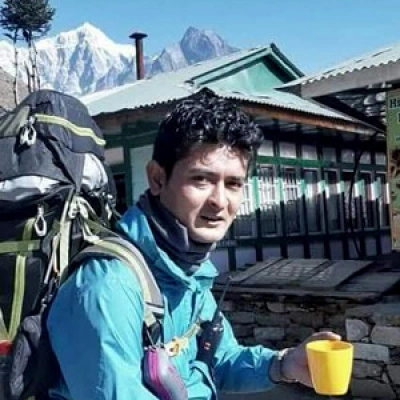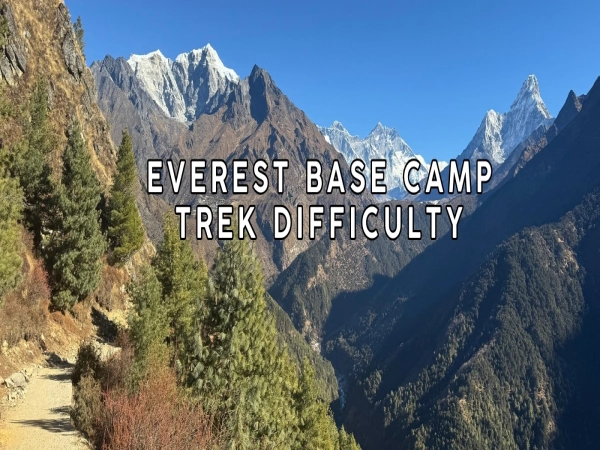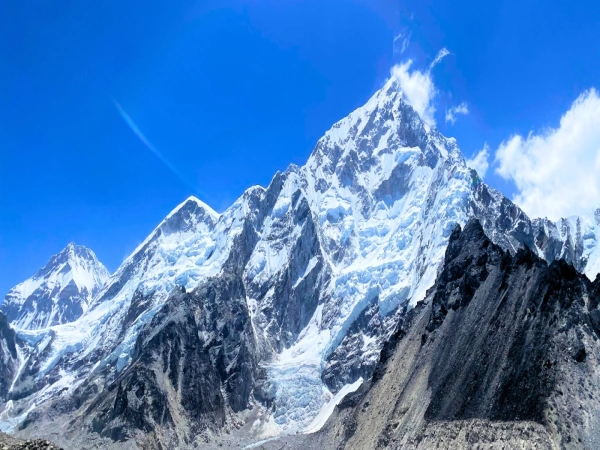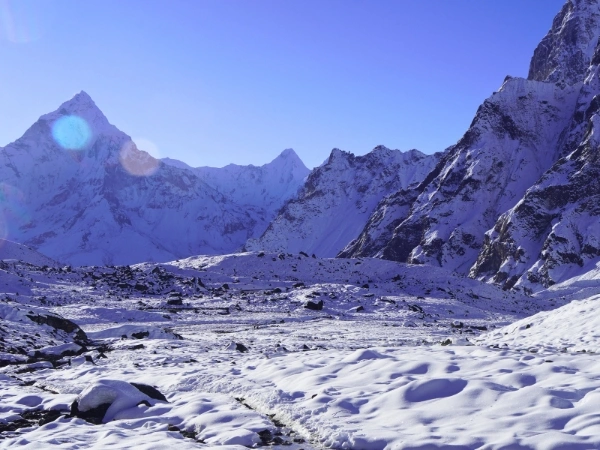Beginning the Upper Mustang trek in Nepal is an unforgettable trip that provides a rare peek into the region's rich culture and magnificent surroundings. While trekking to the Upper Mustang's hidden kingdom, you must be prepared for adventure, intrigue, and breathtaking sights. The upper Mustang area is famous for its rough terrain, secluded communities, and extensive path network. This part of the trail can be difficult to navigate, particularly for trekkers. A tour guide who is well-versed in the region's pathways, sights, and itineraries will keep you on track and reduce your chances of becoming lost. From acquiring permits and organizing your itinerary to tackling high-elevation passes and crossing carved gorges, the Upper Mustang Trekking guide will provide you with all you need to know.
How to find a guide for Upper Mustang trek?
Upper Mustang Region is a desolate location, so planning is crucial before trekking there. The 15 -days Upper Mustang Trek is a restricted area in Nepal, hence going there needs approval. Tourists from abroad must get a Restricted Area Permit to uphold and safeguard the traditional Tibetan Buddhist culture and Bon religion of Upper Mustang. A guide can help you through the formalities and make sure you have all of the essential permissions, such as the Upper Mustang Restricted Area Permit and the Annapurna Conservation Area Permit (ACAP). You need to have two formal documents that meet the prerequisites before commencing the trek to Upper Mustang:
- Permit for Restricted Areas
- Trekkers Information Management Systems (TIMS) Annapurna Conservation Area Project
Upper Mustang Trekking guides meet the standards and use a trekking organization specializing in the journey. In addition, you must be part of a minimum group of two people. Everything mentioned above has to go through a trekking company in Nepal. Hiring a personal local trekking guide for travelers or trekkers is an effective way to make trekkers' hikes less difficult; however, you should hire a licensed holder (trained) guide with insurance to get an entry permit for those interesting and forbidden trekking destinations since this is restricted territory with no authorization to do a trek without a government register and an emergency care-instructed licensed holder trekking guide.
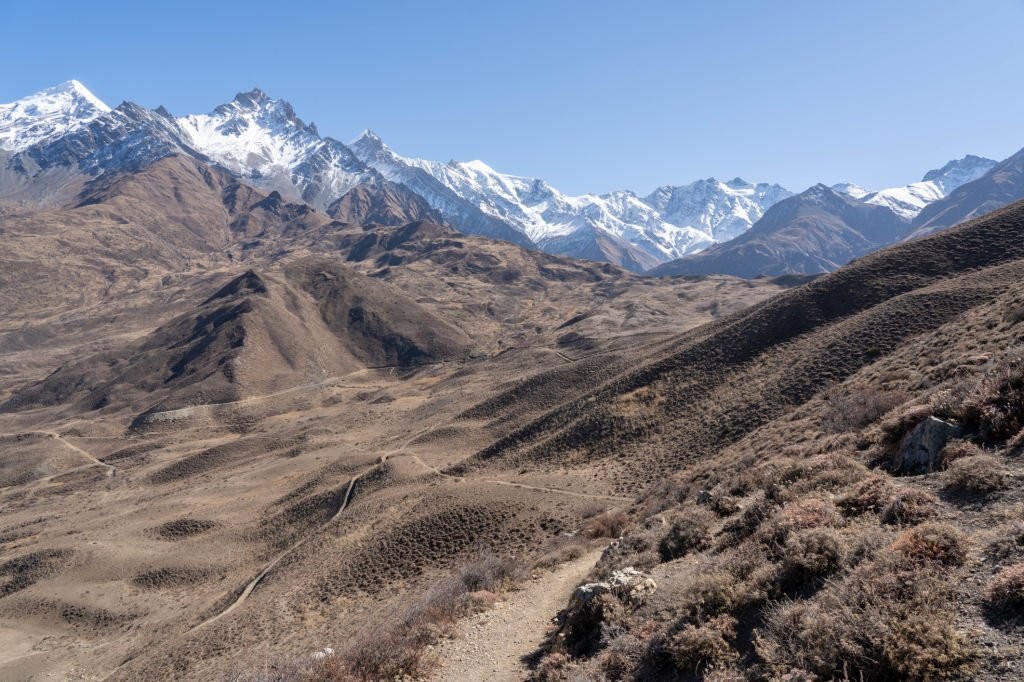
In the process to find a guide for the 15 -days Upper Mustang Trek following things has to be looked through:
- Contact an established trekking organization: Getting in touch with a reputed trekking organization in Nepal is one of the simplest methods to get a tourist guide for the Upper Mustang trip. These companies usually use professional guides who are well-versed in the area.
- Look into online platforms and services that connect travelers with local guides. TripAdvisor and other websites, tour operator directories, and travel forums may all help you find guides that specialize in Upper Mustang trekking. Look for travel leaders who have earned positive feedback and ratings from previous clients.
- Contact the Trekking Agencies Association of Nepal (TAAN) or the Nepal Tourism Board (NTB) for details regarding local trekking associations in Nepal. Such organizations frequently maintain directories of licensed guides. They may provide you with a list of licensed guides who may guide treks in the Upper Mustang and lead you to the unwinding path to progress.
- Take advice from other trekkers, peers, or online travel forums who've currently trekked in the Upper Mustang Region.
- In Kathmandu or Pokhara, engage with local guides. Visit Kathmandu or Pokhara, two important Nepalese cities where numerous trekkers begin their adventures. Local guides frequently visit such locations and may be found at trekking companies or renowned trekker cafés. Participate in talks with them, solicit suggestions, and explain your needs.
- You have the choice of contacting a local guide and porter and engaging them for your journey where you will be paying for your lodging, food, transportation, permits, personal expenditures, and all other costs as you progress through the journey. When visiting the Upper Mustang region, stay at a guesthouse or teahouse that is located in towns such as Kagbeni, Jomsom, or Lo Manthang. These places frequently have contacts with local guides who are well-versed in the area. Inquire at the guesthouses about available guides or whether they've got their own.
- If you find one, verify that the tour guide holds a license, speaks English if it isn't your native language, has previous knowledge of exploring the location, and is knowledgeable about the cultural and historical significance of the area.
- Inquire whether the guide has adequate insurance coverage, including liability insurance and medical evacuation insurance. Trekking in remote areas involves certain risks, so it's important that your guide is prepared to handle emergencies and has appropriate insurance coverage.
Remember, having a qualified and experienced guide considerably improves your safety, cultural understanding, and overall pleasure of the journey. They are a great resource, enabling you to concentrate on enjoying the breathtaking scenery and immersing yourself in the local culture.
Understand that hiring a good guide is an investment in your hiking journey. Therefore, take a moment to make your decision and go off on your Upper Mustang adventure knowing you're in the hands of a competent and seasoned guide.
